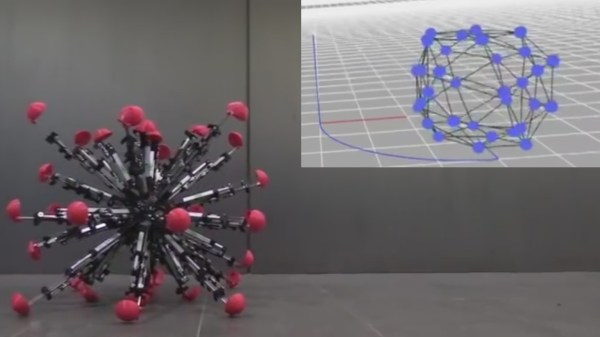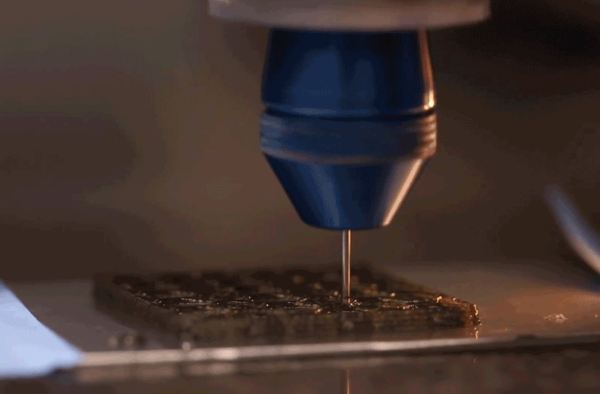When we look at how everyone’s favorite flying dinosaurs get around, we can see that although they use their wings a lot too, their legs are at least as important. Even waddling or hopping about somewhat ungainly on legs is more energy efficient than short flights, and taking off from the ground is helped by jumping into the air with a powerful leap from one’s legs. Based on this reasoning, a team of researchers set out to give flying drones their own bird-inspired legs, with their findings published in Nature (preprint on ArXiv).
The prototype RAVEN (Robotic Avian-inspired Vehicle for multiple ENvironments) drone is capable of hopping, walking, jumping onto an obstacle and jumping for take-off. This allows the drone to get into the optimal position for take-off and store energy in its legs to give it a boost when it takes to the skies. As it turned out, having passive & flexible toes here was essential for stability when waddling around, while jumping tests showed that the RAVEN’s legs provided well over 90% of the required take-off speed.
During take-off experiments the drone was able to jump to an altitude of about 0.4 meters, which allows it to clear ground-based obstacles and makes any kind of ‘runway’ unnecessary. Much like with our avian dinosaur friends the laws of physics dictate that there are strong scaling limits, which is why a raven can use this technique, but a swan or similar still requires a bit of runway instead of jumping elegantly into the air for near-vertical take-off. For smaller flying drones this approach would however absolutely seem to have legs.
Continue reading “Flying Drones That Can Walk And Jump Into The Air: An Idea With Legs?”














